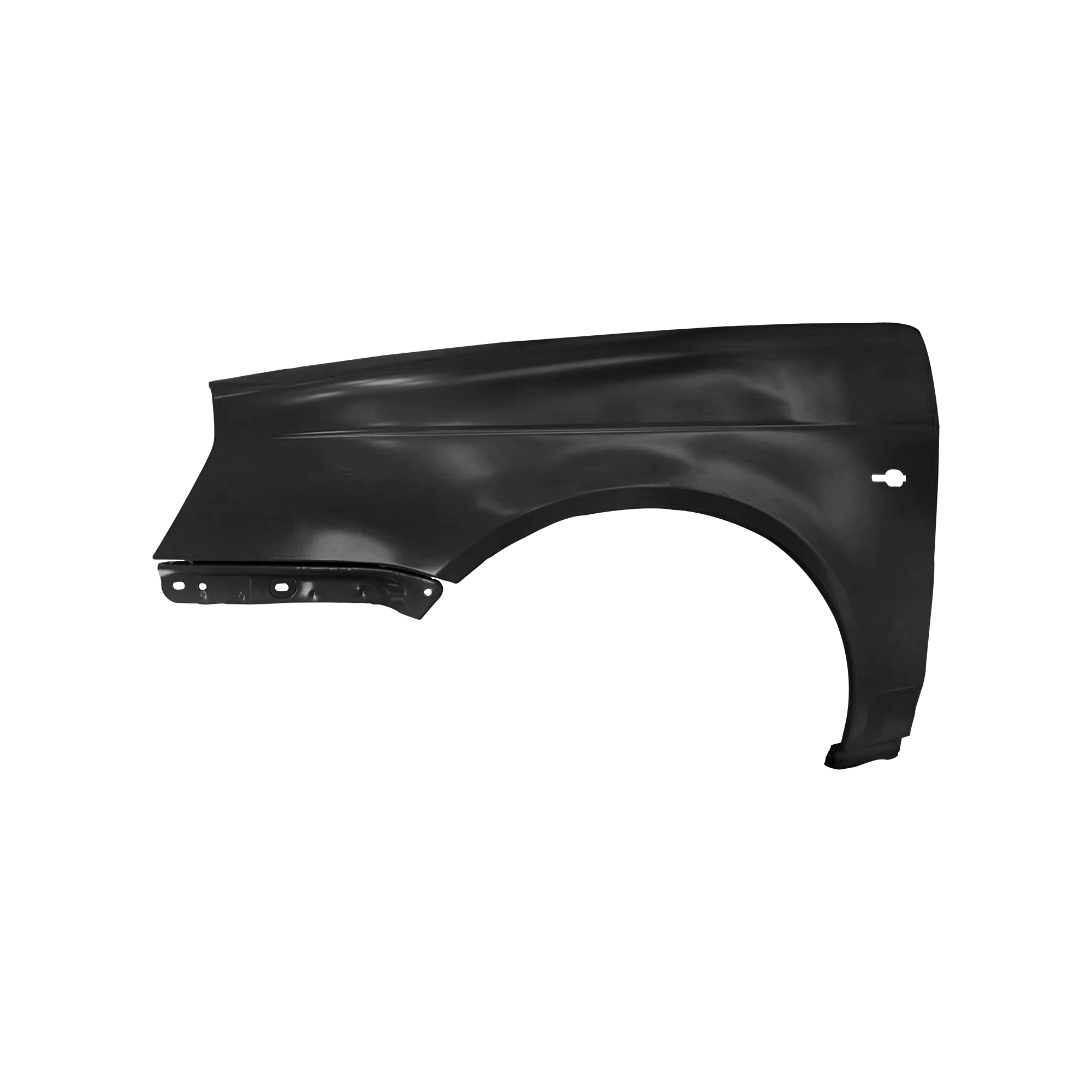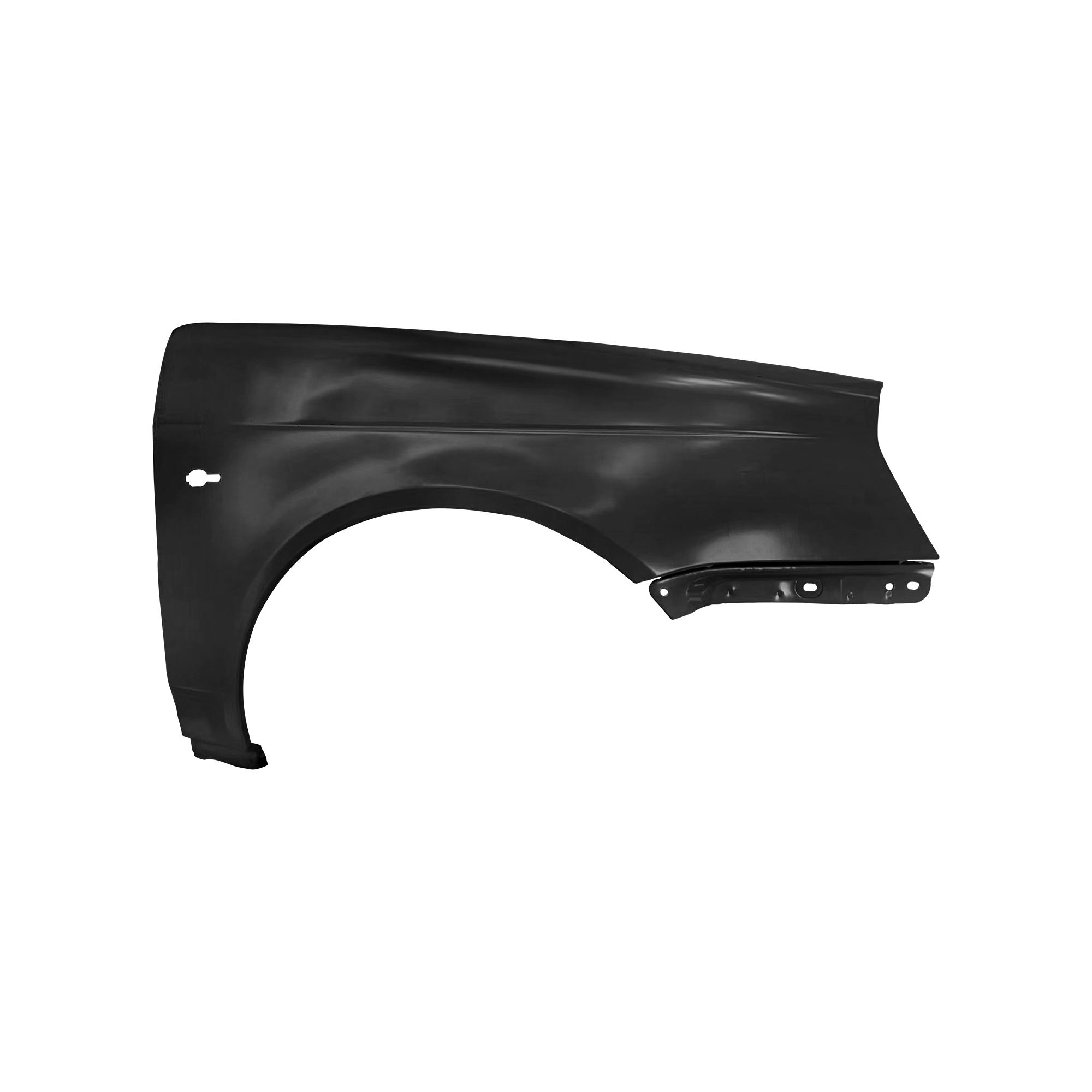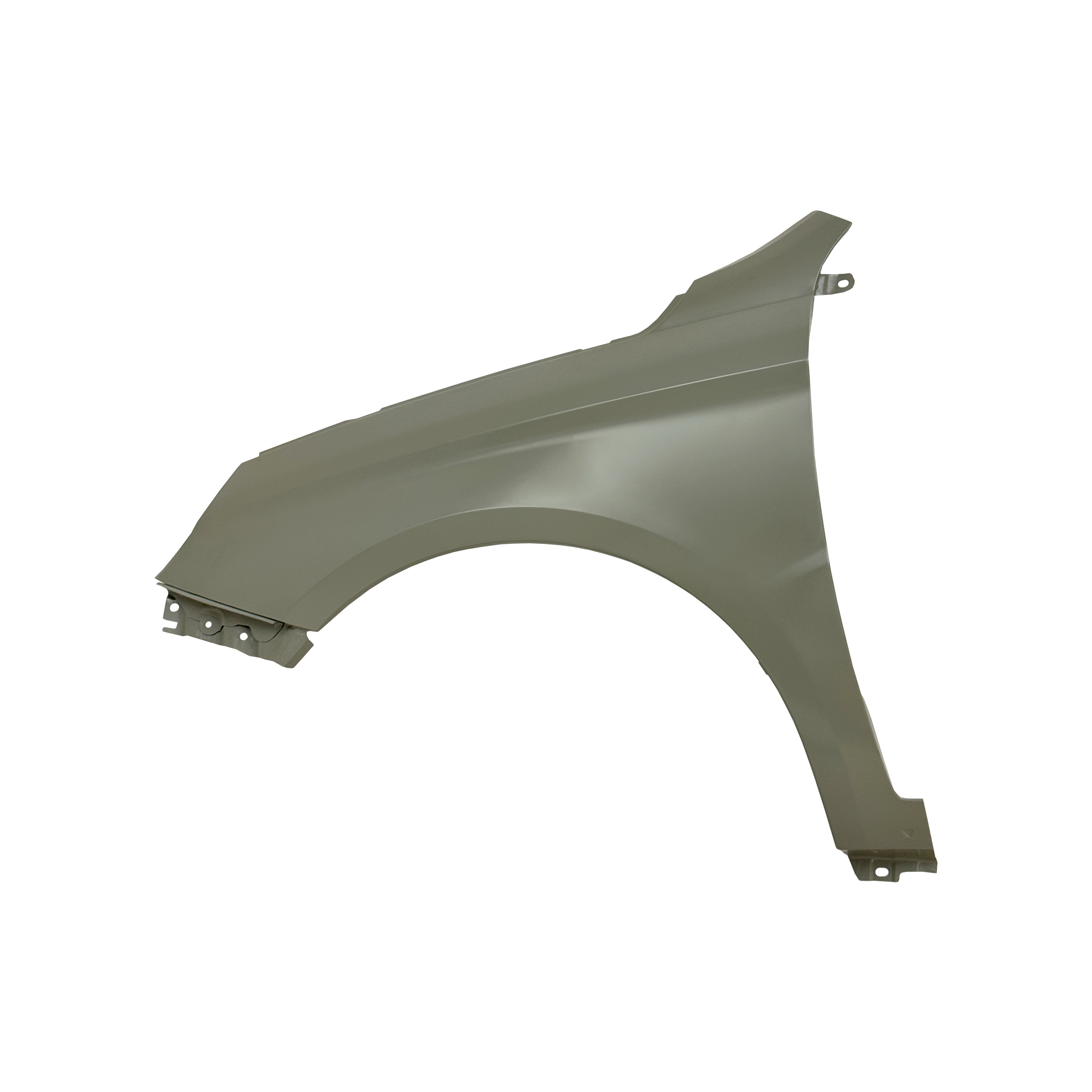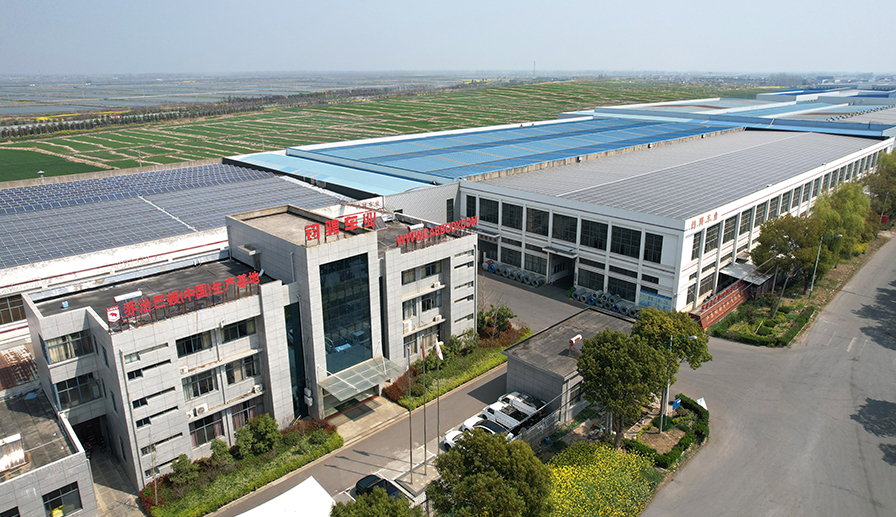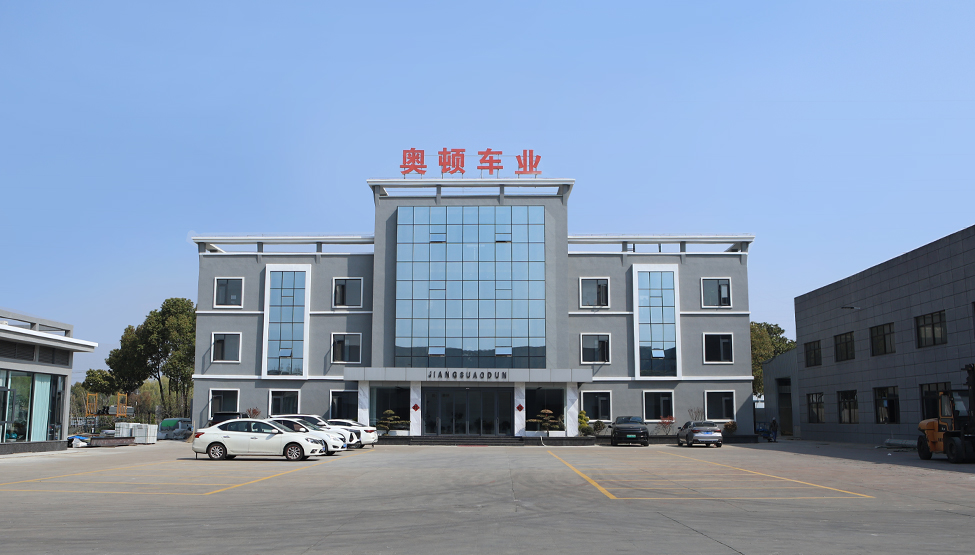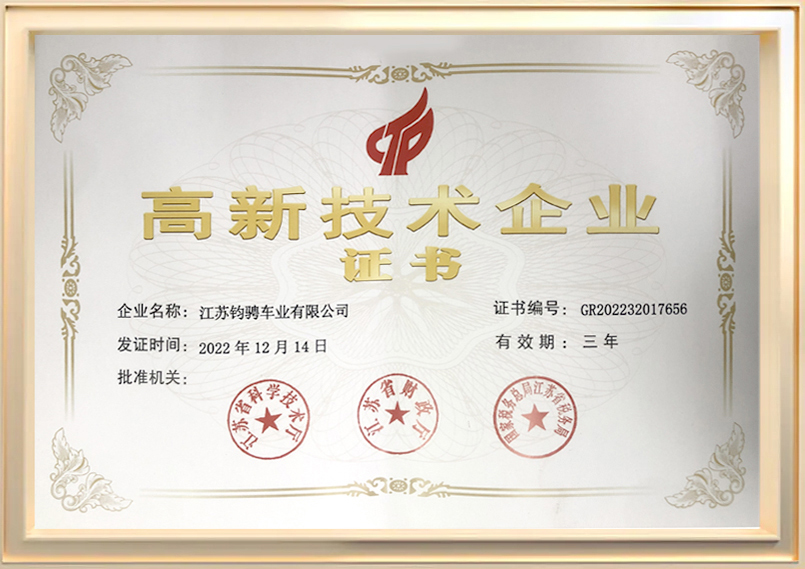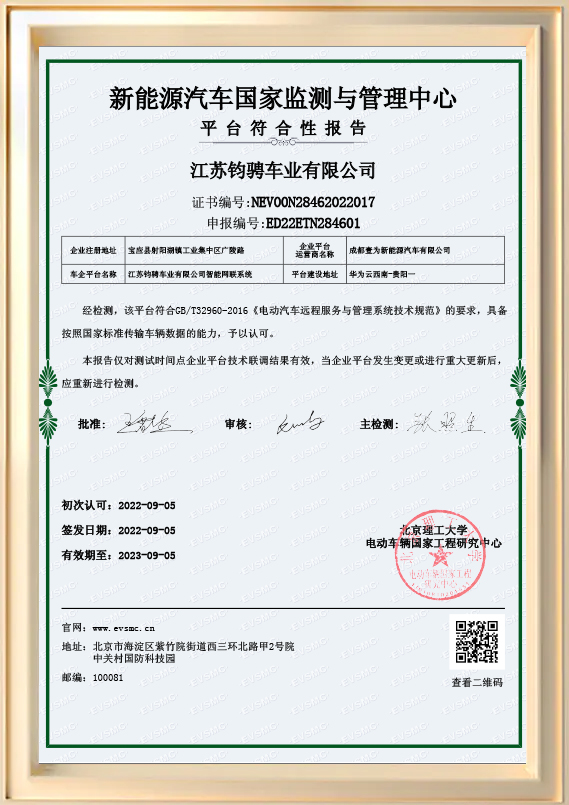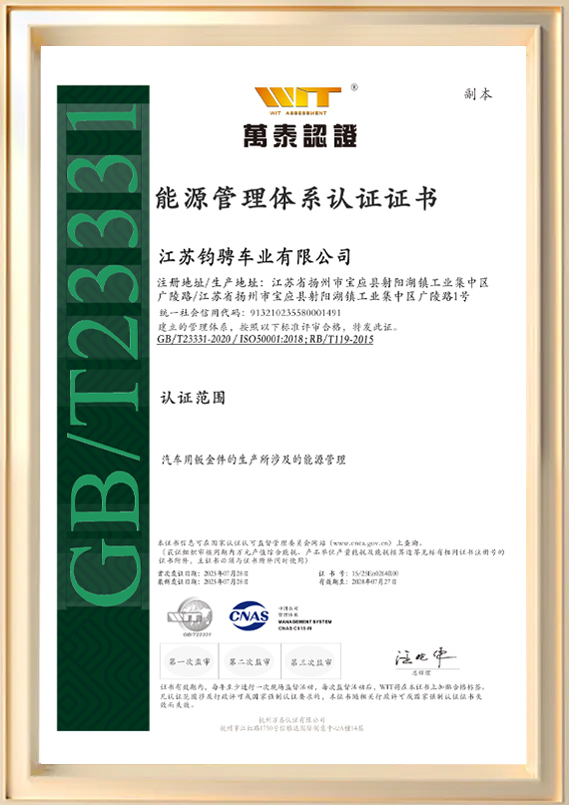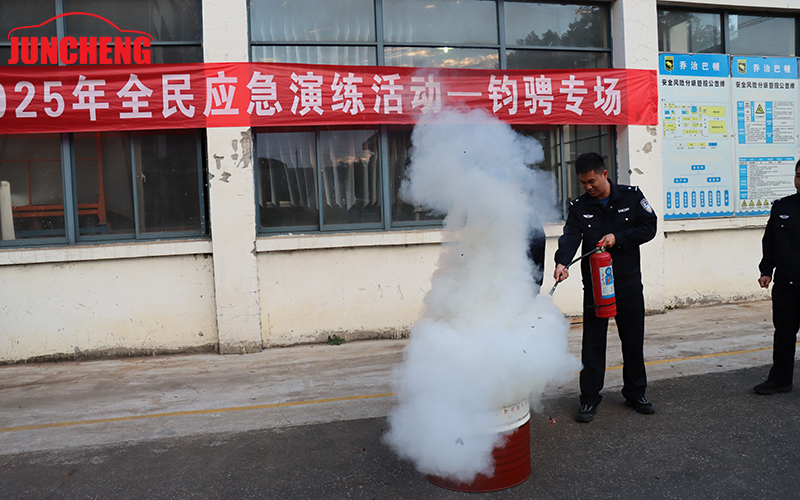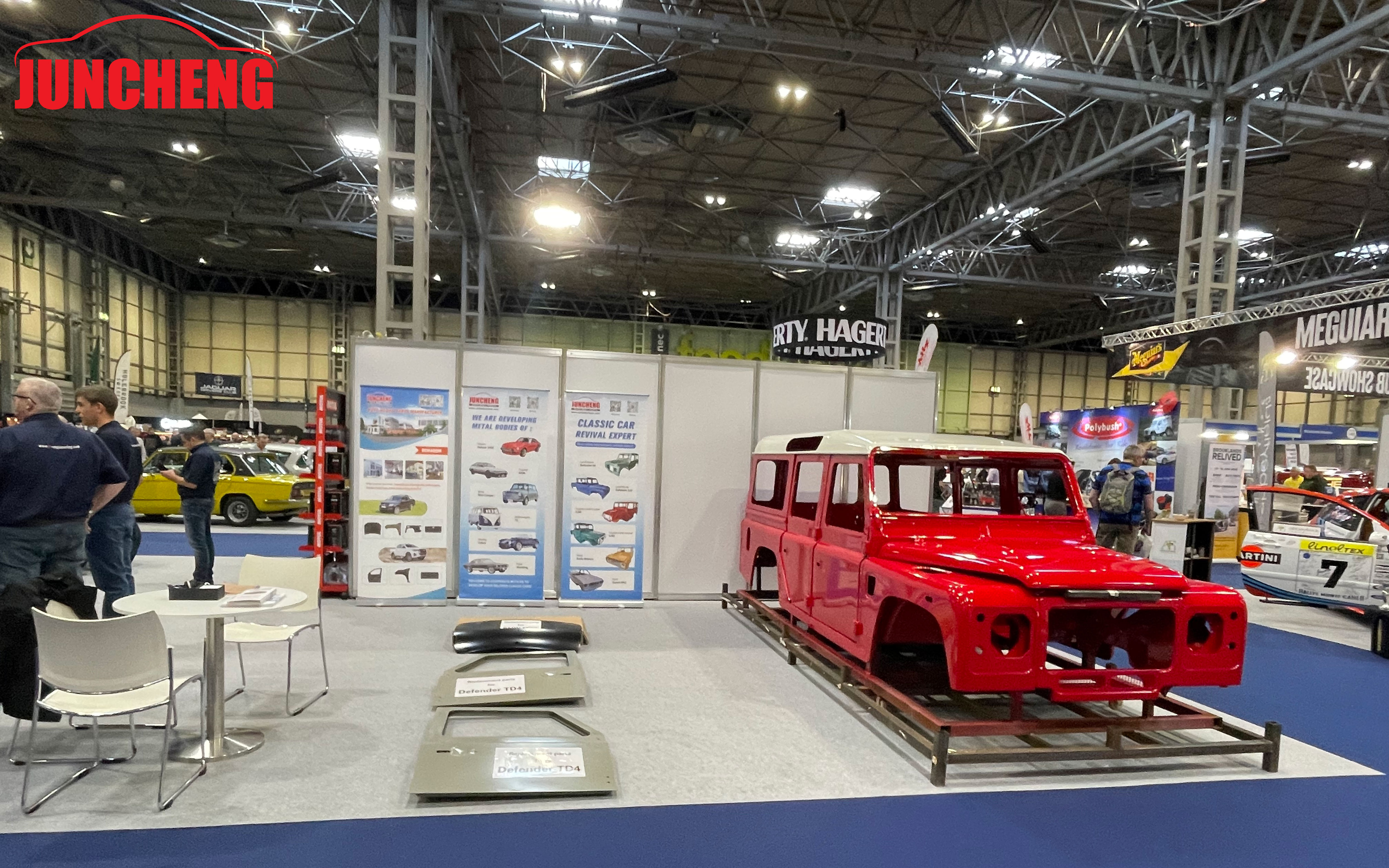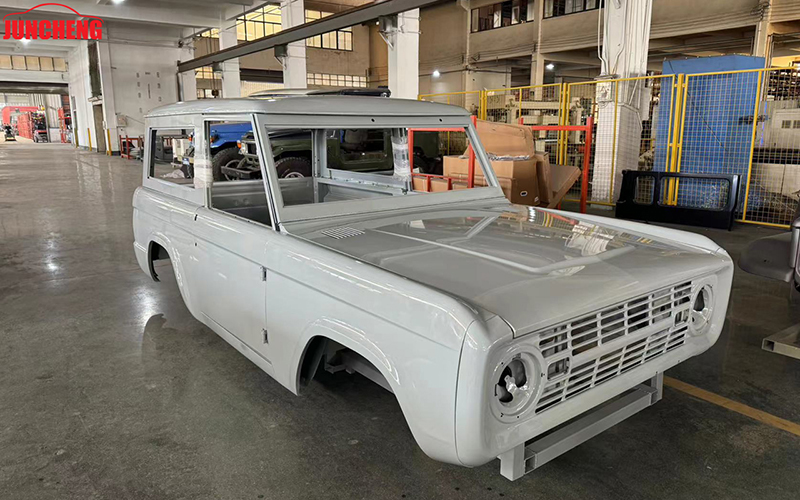What Makes Lada Parts a Reliable Solution for Vehicle Repair and Maintenance?
In the automotive repair and maintenance industry, metal sheet replacement parts play a central role in restoring vehicles after collisions, weather damage, or years of daily use. The Lada Parts series, covering models such as the PRIORA and VESTA, exemplifies the precision, durability, and efficiency that modern vehicle sheet metal components must deliver. These parts include essential exterior structures—such as fenders, doors, and panels—that form the backbone of a car’s body integrity and safety performance.
Unlike smaller components that simply serve a mechanical function, sheet metal replacement parts contribute directly to both a vehicle’s appearance and its protection. The quality of these parts determines how well a repaired car can withstand environmental challenges, maintain its structural strength, and ensure occupant safety. The Lada Parts line is engineered to provide not only a perfect fit and finish but also resistance to corrosion, impact, and deformation, even under demanding road and climate conditions.
Precision Manufacturing: The Foundation of Quality Sheet Metal Parts
Every metal component used in the Lada Parts series is manufactured through a process that prioritizes dimensional accuracy and structural integrity. This begins with high-grade cold-rolled or galvanized steel sheets, selected for their tensile strength, malleability, and ability to resist rust. These materials are then processed through advanced stamping, pressing, and forming machines, which shape each panel to precise specifications.
Precision is critical in automotive sheet metal production. Even a small deviation in curvature, hole placement, or edge alignment can cause fitment issues during assembly. Therefore, modern manufacturing lines utilize robotic arms and computer-controlled dies, ensuring that every fender, door, or hood matches OEM dimensions within tight tolerances. This allows repair technicians to replace damaged parts with minimal adjustment, reducing installation time and ensuring a seamless alignment with adjacent panels.
Durability is one of the key performance metrics for any vehicle body part. The Lada Parts range achieves this through a combination of high-strength steel materials and advanced surface treatment processes. Before painting or coating, each metal component undergoes anti-corrosion treatments, including electro-deposition coating (ED coating) and galvanization. These treatments create a protective barrier that prevents oxidation and rust formation, extending the component’s lifespan even in humid or salt-rich environments.
Additionally, powder coating and electrophoresis painting enhance resistance against scratches, UV degradation, and moisture. This dual-layer protection ensures that parts remain durable and maintain their original finish over time. The result is a replacement component that performs as reliably as the original factory-installed part.
One of the major functions of sheet metal components is absorbing and distributing impact energy during collisions. High-quality replacement parts like those in the Lada Parts series are specifically designed to maintain the car’s safety cage integrity, reducing the risk of intrusion during accidents. Reinforced door panels, inner frames, and fenders are carefully engineered to deform predictably under stress—absorbing impact without transmitting excessive force to passengers.
This combination of flexibility and strength is achieved through careful control of material thickness, stamping direction, and localized reinforcement. In practice, this means that when a repair shop installs a new fender or door panel, the car’s crash performance and stability remain consistent with original design specifications.
In automotive repair, time efficiency and precision are critical. Poorly fitting parts can lead to excessive labor time, surface irregularities, and difficulties in alignment. The Lada Parts range addresses this challenge by ensuring high-precision assembly and perfect dimensional matching. Each part is designed for plug-and-play installation, allowing repair centers to complete body restoration with less welding, trimming, or reworking.
This level of fitment accuracy is achieved through CNC (Computer Numerical Control) measurement systems, which verify part geometry at every production stage. The outcome is a smoother, faster repair process that benefits both mechanics and customers—reducing costs while ensuring the vehicle regains its factory-original appearance.
How Do Lada Parts Reflect Innovation and Trends in the Sheet Metal Replacement Industry?
The automotive sheet metal replacement parts industry is constantly evolving. It is influenced by global trends such as sustainability, material innovation, digital design, and automation. The Lada Parts series, while designed for specific vehicle models, represents a broader shift in how modern metal replacement components are conceptualized, manufactured, and utilized across the global automotive aftermarket.
Advanced Materials and Lightweight Engineering:
One of the biggest shifts in recent years is the transition from traditional mild steel to advanced high-strength steel (AHSS) and aluminum alloys. These materials combine lower weight with superior mechanical strength, which helps improve vehicle efficiency and performance. Manufacturers producing parts like Lada fenders and doors adopt these materials to reduce overall vehicle weight without sacrificing durability.
Lightweight metals also enhance handling and fuel economy, a key advantage for both new vehicles and replacement components. Additionally, with global sustainability goals in mind, the industry is developing recyclable metal alloys that maintain strength while reducing environmental impact during production and disposal.
Smart Manufacturing and Digital Simulation:
Modern sheet metal part production relies heavily on computer-aided design (CAD) and computer-aided manufacturing (CAM). Engineers create precise digital models of each component, which are then tested using Finite Element Analysis (FEA) to simulate stress distribution, deformation, and vibration. This predictive analysis ensures that each Lada replacement part meets the highest standards of structural performance before physical production even begins.
Once validated, robotic stamping, laser cutting, and automated welding technologies ensure consistent quality. These digital workflows not only improve efficiency but also minimize waste, ensuring that production remains both cost-effective and environmentally responsible.
The Role of Aftermarket Parts in Global Automotive Repair:
In today’s automotive ecosystem, aftermarket metal replacement parts—like those in the Lada Parts range—play an increasingly important role. Many vehicle owners and repair shops prefer high-quality aftermarket options that meet OEM specifications, as they offer both affordability and reliability.
These parts are often used for:
Routine maintenance and body restoration;
Accident repair and insurance claim replacements;
Upgrading aged or corroded components.
Manufacturers of such parts must balance cost-efficiency with uncompromised quality, adhering to ISO/TS 16949 and ISO 9001 standards to guarantee performance equivalence with OEM parts. The growing global demand for reliable, cost-effective sheet metal replacements has driven continuous innovation in manufacturing, logistics, and quality control.
Surface Finishing and Corrosion Control Technologies:
Corrosion remains one of the greatest threats to vehicle longevity, particularly for body panels and structural components. To address this, manufacturers of Lada Parts and other metal replacement parts employ multi-stage protective systems, including:
Zinc galvanizing for base protection;
ED coating (electrophoretic deposition) for uniform coverage of hidden surfaces;
Powder coating or painting for visual finish and UV resistance.
These combined layers ensure that parts remain rust-free even after years of exposure to rain, snow, and humidity. As a result, both workshops and consumers benefit from parts that require minimal maintenance while providing lasting value.
Automation and Quality Assurance in Metal Forming:
Automation has transformed the way automotive sheet metal parts are produced. Robotic presses, precision molds, and AI-based inspection systems now dominate modern factories. Each door, hood, or fender undergoes multiple quality control checks, from thickness measurement and shape verification to surface smoothness testing. These processes guarantee that every part leaving the production line meets exacting global standards.
In addition to improving accuracy, automation also reduces human error and production costs, allowing manufacturers to provide high-quality products at competitive prices—an essential factor for the global aftermarket industry.
Supporting Diverse Market Needs:
One of the main advantages of products like the Lada Parts series is their adaptability. These sheet metal replacements are designed to perform reliably under diverse climate and road conditions, from harsh winters to humid coastal regions. Their corrosion resistance, impact absorption capability, and dimensional precision make them suitable for global markets with varying performance demands.
Furthermore, the broad range of available components—spanning fenders, hoods, bumpers, doors, and trunk panels—allows repair facilities to source all necessary body components from one integrated supply chain. This comprehensive offering enhances efficiency and ensures consistent quality across different repair projects.
Sustainability and the Future of Metal Replacement Parts:
The future of automotive sheet metal manufacturing is increasingly tied to sustainability and circular economy principles. Many factories are adopting closed-loop recycling systems, reusing offcuts and scrap metal to minimize waste. Additionally, eco-friendly coatings and water-based paints are reducing emissions and energy consumption during production.
Digitalization also contributes to sustainability by optimizing material usage and reducing rework. Through technologies like digital twins and virtual prototyping, manufacturers can simulate entire production cycles, identify inefficiencies, and adjust before mass production begins. These innovations align with the automotive industry’s broader movement toward greener, smarter manufacturing.

 English
English Español
Español عربى
عربى русский
русский 中文简体
中文简体
